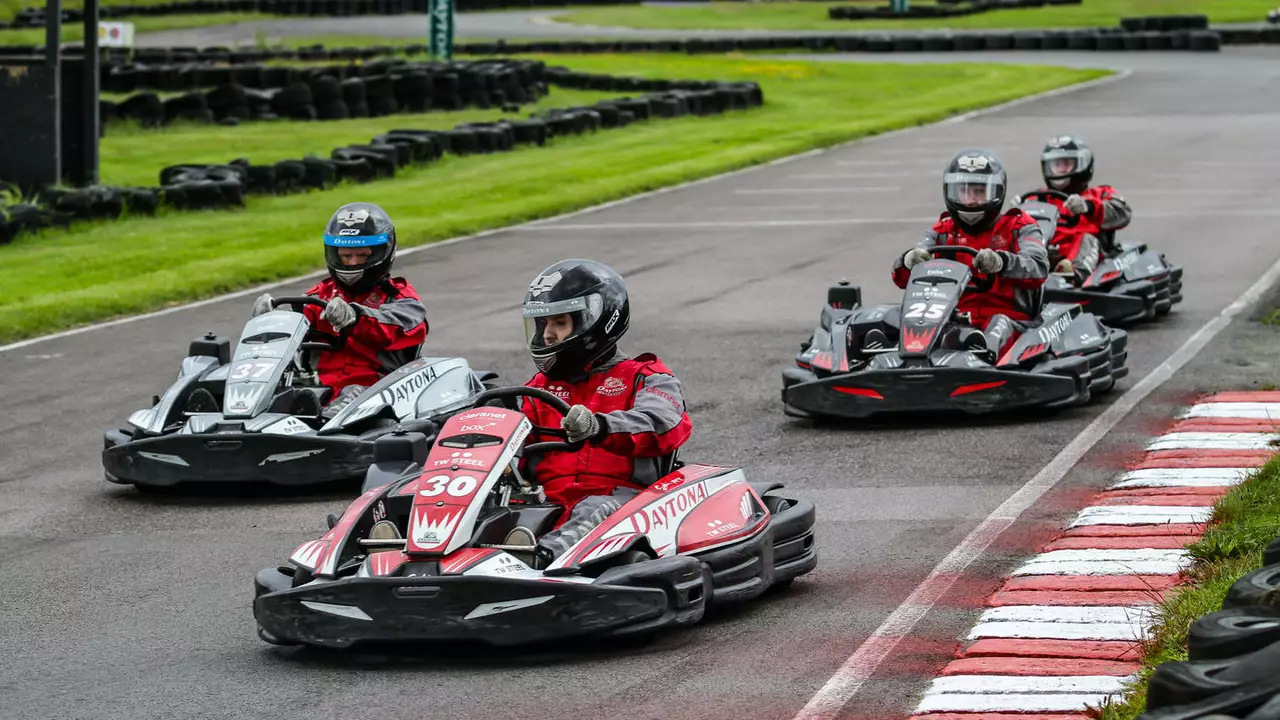After Karting: Your Next Moves in Motorsport
If you’ve spent years around a go‑kart and are ready for the next challenge, you’re not alone. Most drivers hit a point where the little machines stop feeling exciting, and the big question becomes: what now? The good news is there’s a clear path, and it doesn’t have to cost a fortune or take years of guesswork.
Get the Right License and Training
The first thing you need is a racing license that matches the series you want to join. In the UK, the MSA (Motor Sports Association) offers a National or International licence. The process usually involves a short course, a medical check, and a fee. It’s straightforward, and getting it early saves you from paperwork headaches later.
While you’re sorting the licence, start training on a real car. Many schools rent out single‑seaters like Formula Ford or sports‑cars for a day. Those sessions teach you the feel of a car’s weight transfer, braking points, and how to drive on a full‑size track. If a full‑day rental is pricey, look for a club that offers discounted group days.
Don’t forget simulators. A decent sim rig lets you practice corner entry speeds, braking zones, and racecraft without burning fuel or tires. It’s also a great way to keep sharp between track days.
Choose the Right Racing Series
After karting, the most popular jump‑offs are Formula Ford, Formula 4, or club-level touring car series. Think about what you enjoy: open‑wheel cars for high‑speed thrills, or closed‑wheel cars for a more relatable feel. Each series has its own cost structure, so compare entry fees, car maintenance, and travel expenses.
Talk to people who are already racing. A quick chat at a local track can reveal hidden costs, the best teams to approach, and which series have the healthiest paddock. Networking is surprisingly powerful; a recommendation from a team manager can open a seat that isn’t publicly advertised.
Budget wisely. Set aside money for the licence, a few practice days, and a modest amount for a share of the car (many teams run a cost‑share model). Keep a spreadsheet to track every expense – it keeps the hobby from turning into a financial nightmare.
Finally, be patient. Your first season might be about learning the ropes, not about podiums. Focus on consistent lap times, staying out of the pits for avoidable mistakes, and building relationships with engineers and teammates. Those foundations pay off when you’re ready to move up to higher‑powered cars.
So, after karting, grab a licence, hit a test day, pick a series that fits your budget, and start logging real‑car miles. The jump is bigger than you think, but with the right steps you’ll find yourself on the track faster than you imagined.

28
Jul
Alright, folks buckle up, because after I've aced my days of zooming around in karts, it's time for a turbo-charged leap into the big leagues of motorsports! No more child's play, we're kicking it up a notch and moving into formula racing - think of it as karting's wilder, beefier cousin. It's a thrilling cocktail of speed, adrenaline and more horsepower than you can shake a stick at! So, hold onto your helmets, because this next chapter is all about mastering new racing techniques, wrangling bigger machines, and making a name in the high-stakes world of professional racing. Keep your engines running, because this ride just got a whole lot bumpier!
Read More
